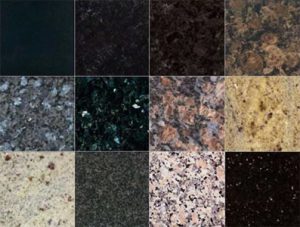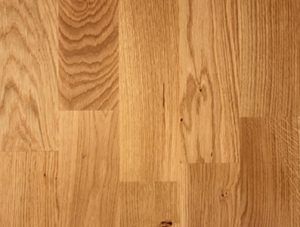Spotlight on: Worktops (Part 1)
Your kitchen worktops are probably the most hardworking surfaces in your home. They have to withstand heat, stains, heavy pans, and damage from knives, all while remaining a hygienic surface on which to prepare food. Some materials do this better than others, so here’s the first part of our guide to choosing the right worktop for you:

Granite
Formed millions of years ago from cooling molten lava, each piece of granite is totally unique. Fragments of quartz and other minerals colour and add detail to the rock, often sparkling like the night sky when polished. Granite is exceptionally hard and heavy (although it will chip if hit with a sharp or heavy object) and usually comes in high gloss, making it ideal for wet and messy kitchen jobs. If you prefer something less shiny, granite is also available ‘honed’ in a flat, matte-style finish.
Wooden

Apart from the many different timbers, wooden worktops can be made from (oak, walnut, cherry, etc.) there are two main types.
‘Short stave’ worktops are made from small pieces of wood glued and ‘finger jointed’ together to make a solid length – these have a ‘block’ effect to them and are the more cost-effective option.

‘Full stave’ worktops are made from planks of solid timber, and these can be new, planed lengths, or more characterful older pieces. Of course, wood burns well, so whichever you choose, you will need to protect it from heat using a glass worktop protector. Wood is also porous, and so your worktop will be given several coats of oil to help resist water before it’s ready for use. You’ll need to re-oil it a couple of times a year, take care not to leave wet cloths on it, mop up spills quickly and don’t let the sink area get soggy. But in return, you’ll have one of the most beautiful natural materials you could want in your home (but we are probably a bit biased!)
